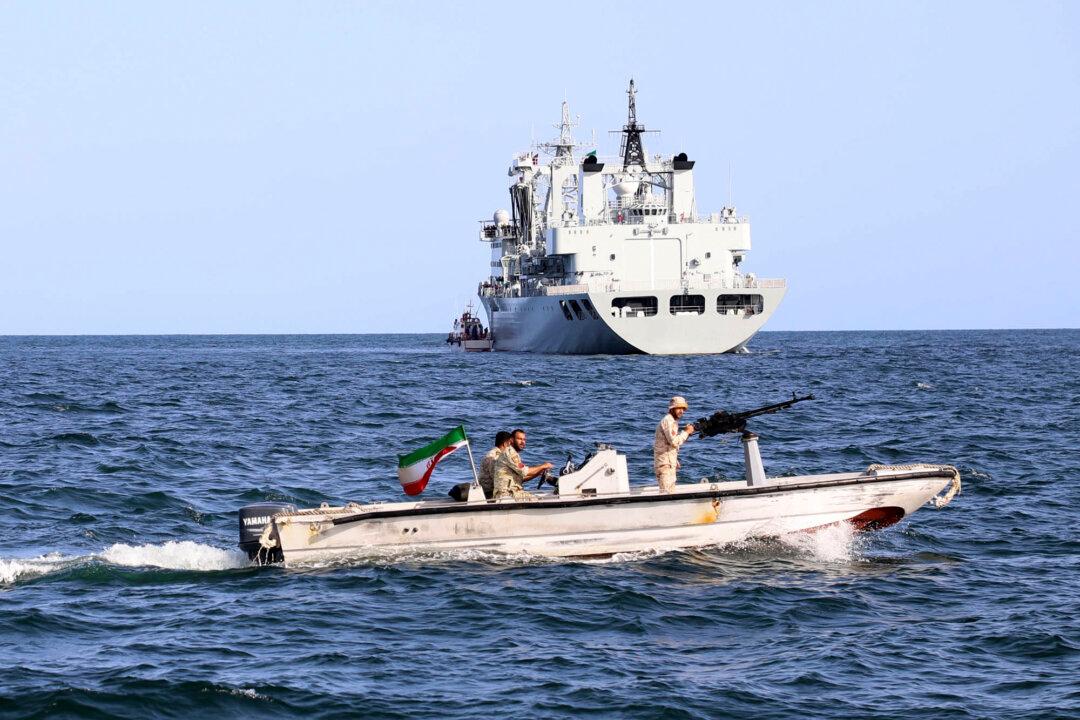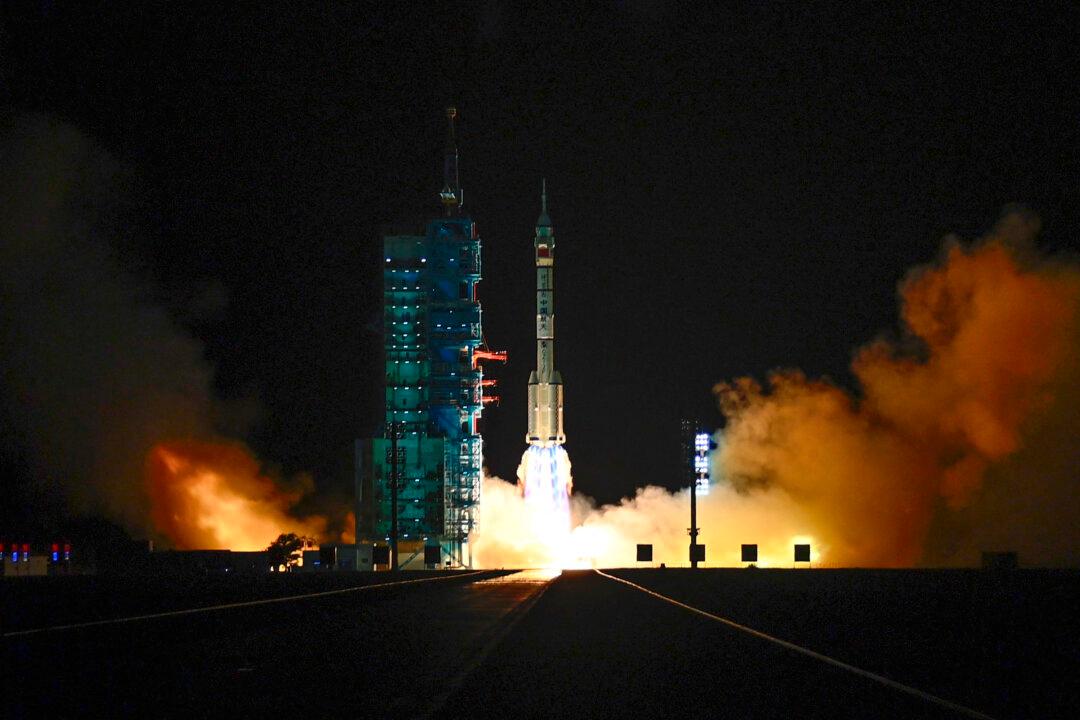On March 12, the Biden administration said it would send a $300 million stop-gap military aid package to Ukraine, and the European Union also agreed on Monday to a 5 billion euro ($5.4 billion) increase to the Ukrainian military aid fund. Meanwhile, China, Russia, and Iran conducted joint military drills in the Middle East in a signal to the West.
On March 13, Russian President Vladimir Putin said in an interview on Russian state-run Rossiya-1 television that while nuclear weapons are not being considered on the Ukrainian battlefield, the use of nuclear weapons could not be ruled out if his country’s sovereignty or independence is threatened. His remarks are viewed as an attempt to restrain the ongoing United States and NATO support for Ukraine amidst the prolonged conflict.





